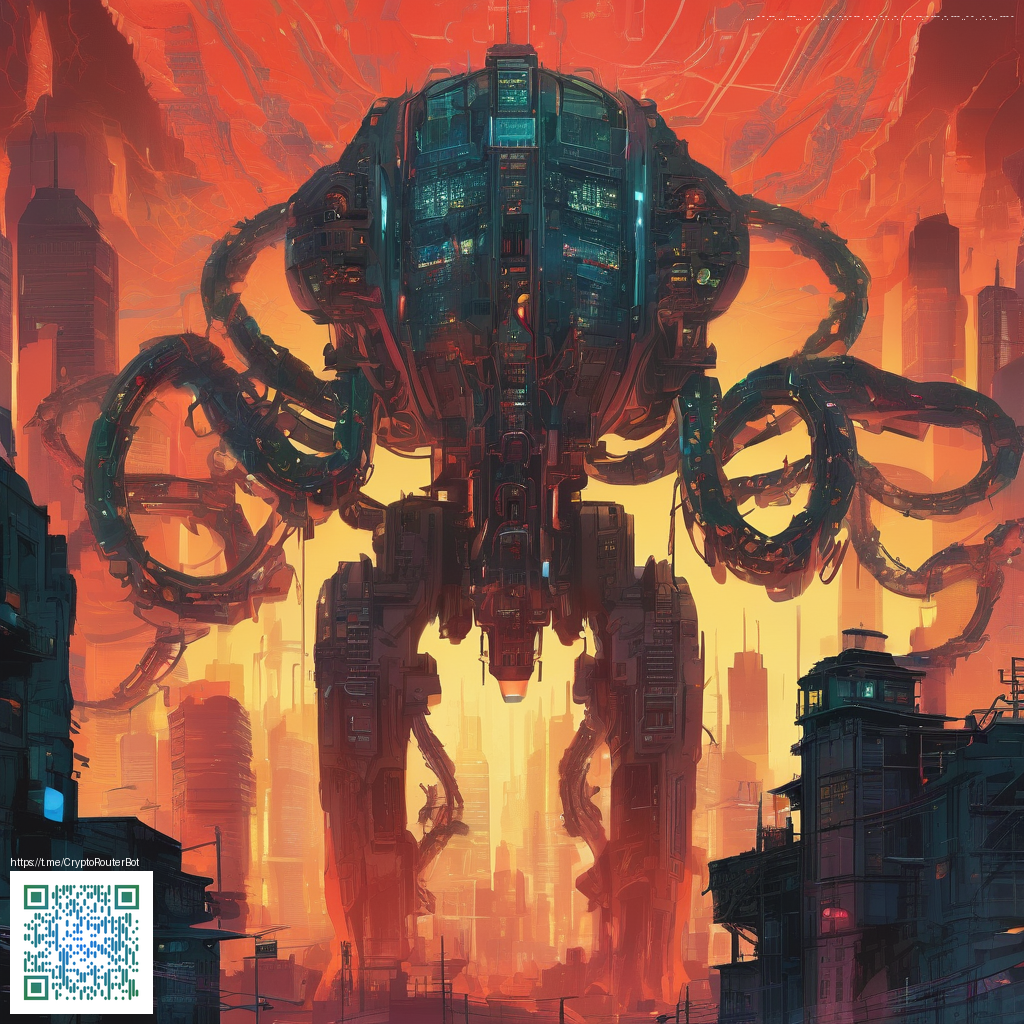
Bringing Digital Paper to Life in 3D Mockups
Digital paper textures have evolved from pretty backgrounds to essential scaffolding for realistic 3D mockups and scene creators. They serve as backdrops, surfaces, and light-interaction canvases that influence how your virtual objects read on camera. When thoughtfully chosen, a digital paper layer can establish mood, texture, and scale without adding extra geometry, helping your product shots feel tangible even in a digital space.
In practice, you’ll look for seamless textures with subtle grain, fiber patterns, or matte finishes that won’t compete with the subject. A well-balanced paper texture can anchor a tabletop or wall, giving you a believable context for your 3D asset. The goal is to let the texture support the scene—enhancing realism without stealing the limelight from the subject.
The Power of Texture in Your Workflow
Start by selecting a texture whose tonal range aligns with your lighting direction. If your scene leans warm, a lightly warm paper texture can harmonize the entire frame. For product shots, a crisp neutral surface often works best as a floor or table plane, while more textured sheets can evoke environment walls or backdrops. The texture acts as a bridge between your digital object and the physical cues viewers instinctively expect from real life.
“Realism comes from the subtle dance of light and texture.”
To integrate the texture, map the digital paper onto flat planes or multiple panels and ensure the UV layout minimizes seams. In many 3D packages, you can tile the paper texture to the required scale and adjust roughness to mimic different paper finishes. Proper light interaction—bloom, specular highlights, and shadow falloff—will reveal the texture’s character without overpowering the product you’re presenting.
Tips for Crafting Convincing Scenes
- Test different grain scales: large grain can read as handmade on a lifestyle shot, while fine grain reads as polished stock.
- Pair matte papers with subtle roughness on metallic or glossy objects to create contrast without stealing focus.
- Leverage depth of field to separate the product from the paper texture, keeping critical details sharp where they matter.
- Use color grading to harmonize the paper’s hue with your scene’s palette for a cohesive look.
As you assemble your scene, remember that the physical workspace informs the digital one. In real-world shoots, a steady, well-organized desk helps you capture consistent references and lighting. A reliable desk setup, such as a sturdy, non-slip surface, can streamline your process when you’re photographing product-ready mockups or creating client-ready renders. For a practical desk accessory that mirrors this philosophy, explore the Neoprene Mouse Pad Round or Rectangular Non-Slip Desk Accessory—useful both in real shoots and as a visual stand-in in your 3D scenes. You can find it here: Neoprene Mouse Pad — Round or Rectangular Non-Slip Desk Accessory.
For readers seeking further guidance on implementing digital paper in your workflow, a detailed resource is available here: https://101-vault.zero-static.xyz/450d8ebf.html.